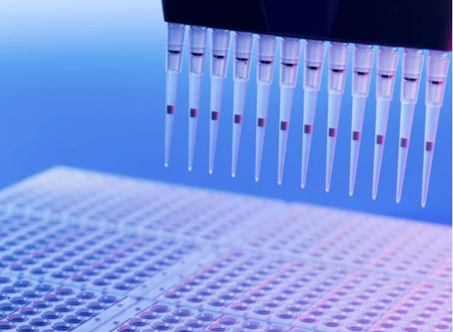FI (Fouling Index)
In the process of reverse osmosis water treatment, the SDI value is one of the important indicators for determining the inflow of the reverse osmosis system; it is the main means to check whether the effluent of the pretreatment system meets the requirements of the reverse osmosis inflow. Its size is critical to the operating life of the reverse osmosis system.
The SDI value is a measure of the attenuation of the flow velocity through a 47mm diameter, 0.45um pore membrane. The reason for choosing a membrane with a pore size of 0.45um is that under this pore size, colloidal substances are more likely to block the membrane than hard particulate substances (such as sand, scale, etc.). The attenuation of the flow rate is converted to a value between 1 and 100, which is the SDI value. The lower the SDI value, the smaller the tendency of water to foul the membrane and block it. Considering economy and efficiency, most reverse osmosis manufacturers recommend that the SDI value of reverse osmosis influent is not higher than 5.

The pollution index FI is mostly used as a comprehensive index to measure reverse osmosis inflow. Using a microporous filter membrane with an effective diameter of 42.7 mm and an average pore size of 0.45 microns, the filtration time (t1) of the initial 500 mL of the feed solution was measured under a pressure of 0.21 MPa, and the filtration time of the 500 mL feed solution was measured again ( t2), calculate the FI value as follows: FI=[(t2-t1)/15t2]*100%
Different membrane modules require different FI values for the inlet water, and hollow fiber modules require FI values At about 3, the roll-type module FI is about 5, and the tubular module FI has a value of about 15.
Latest: GPS monitor
Next: Fujitsu fi-6130








